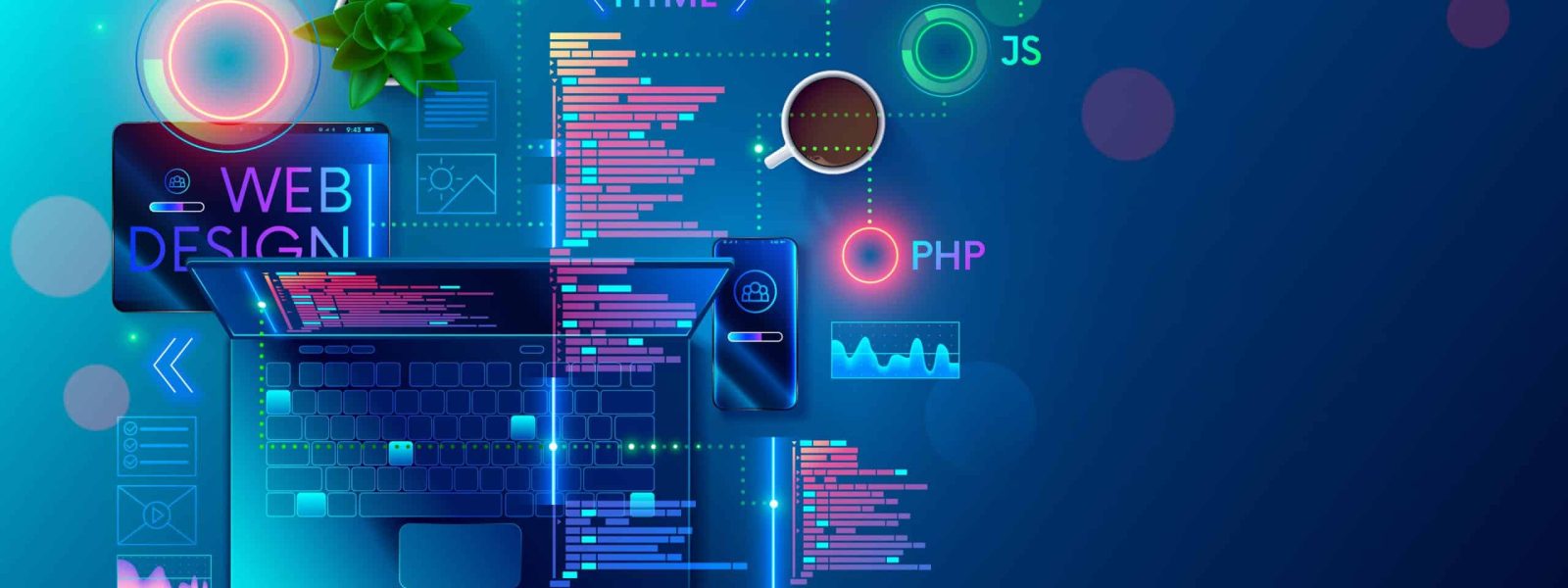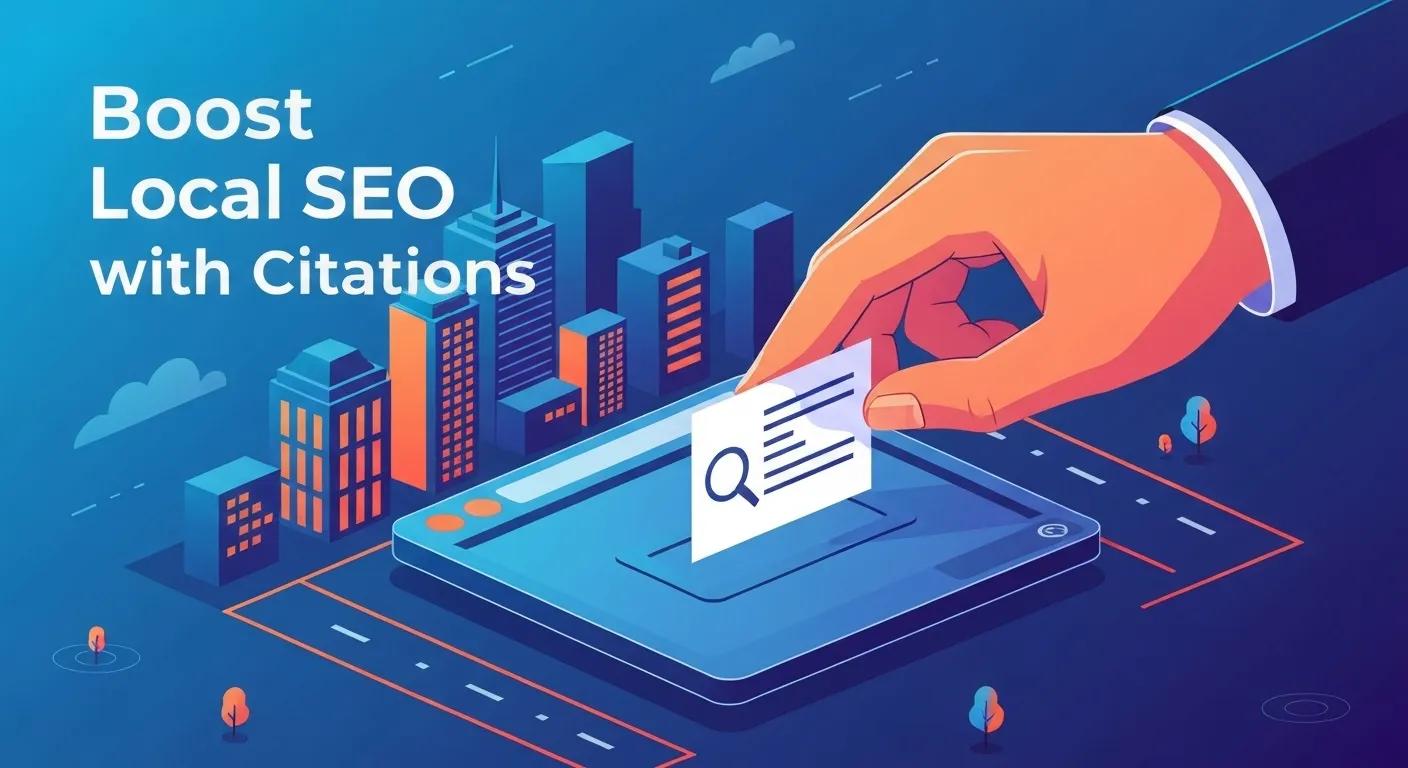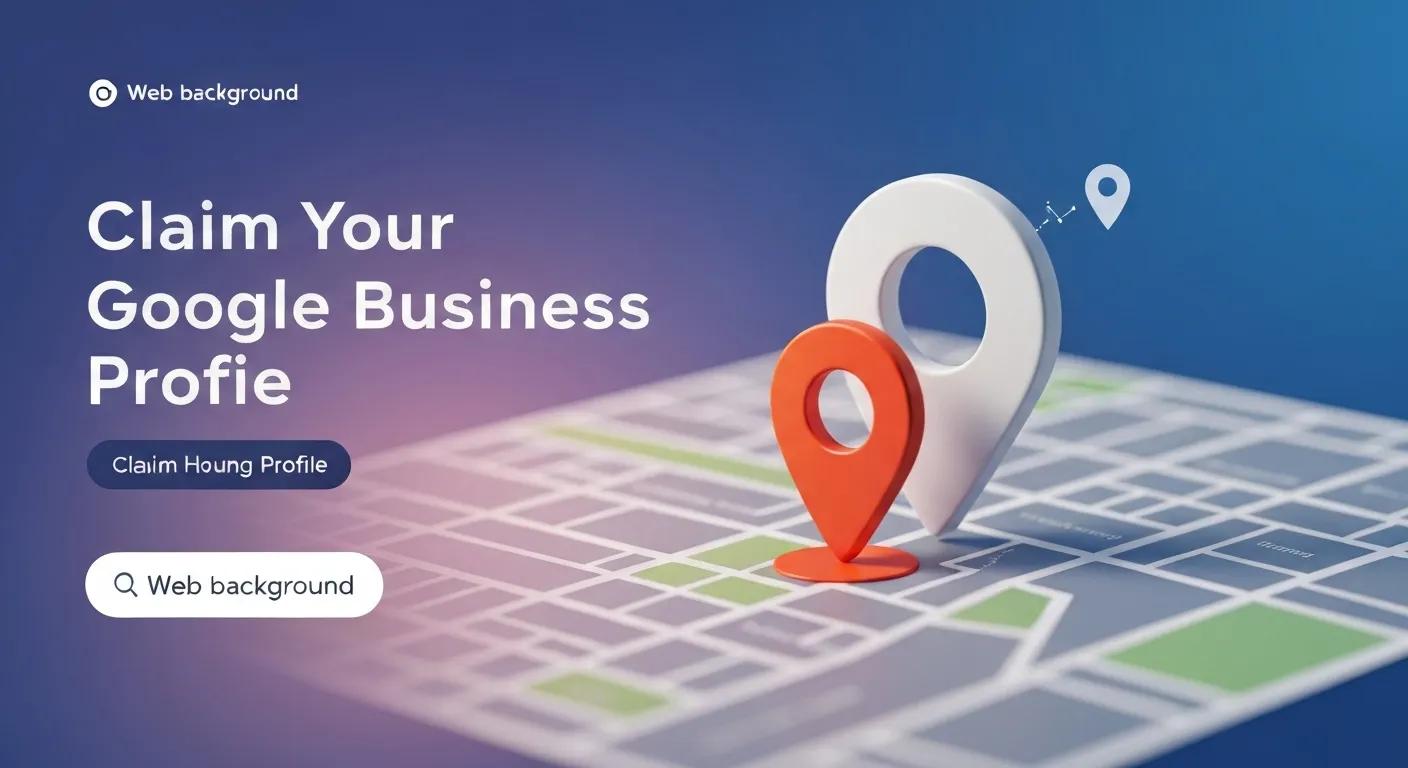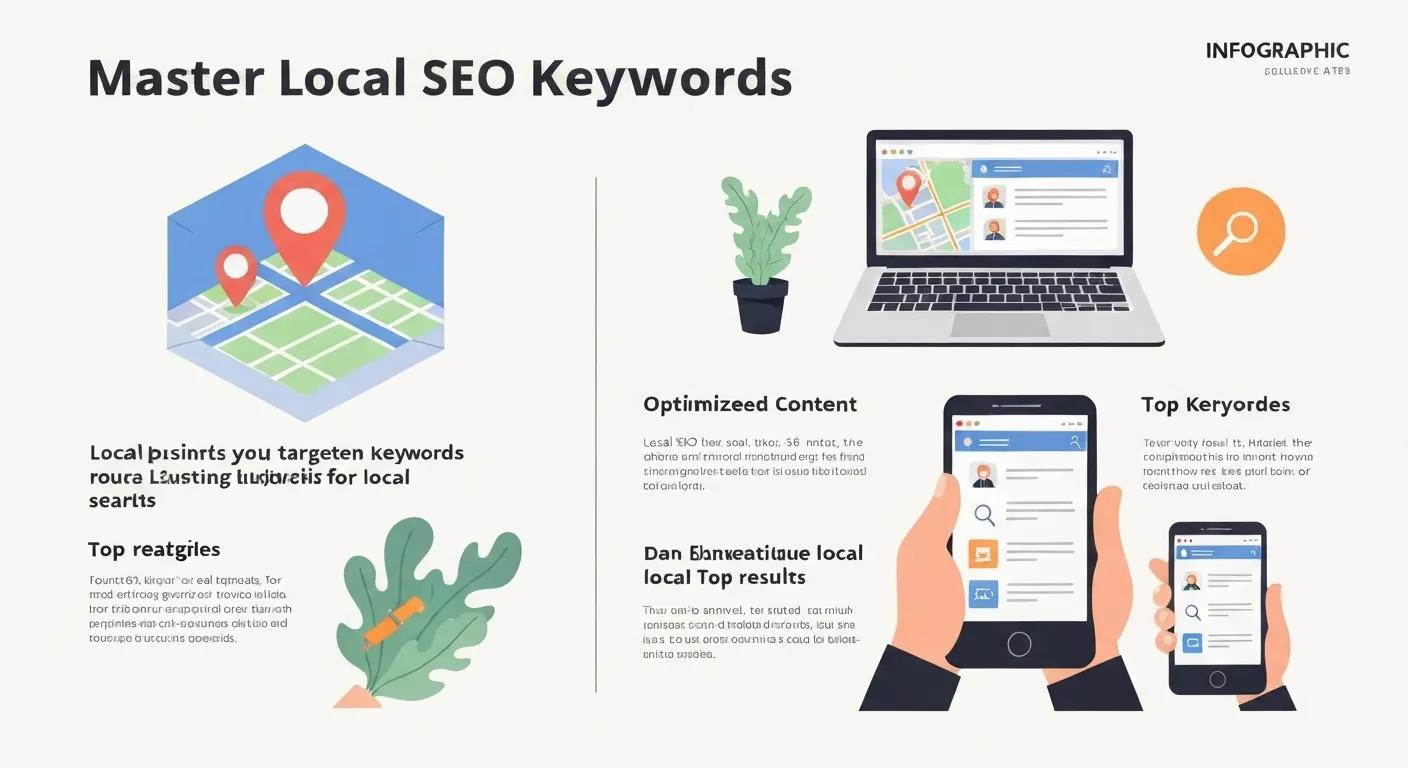In the digital age, having a well-designed website is crucial for any business or individual seeking to maintain an online presence. A well-crafted website can help you attract more visitors, retain them on your site, and convert them into customers. As such, website design has become an essential skill in today’s digital marketplace. But how does one learn web designing? This article will guide you through the process of learning web design from scratch.
Understanding Web Design
Website design involves creating the visual layout of a website – it’s about deciding on the color scheme, images, typography, and parts of a webpage. It also includes website structure, user interface, navigation ergonomics, website layout, colors, contrasts, fonts and imagery (photography) as well as icon designs.
Every designer must keep in mind that web design is not just about making a site look good; it’s also about making it functional and easy to navigate. Therefore, when learning web design, one must not only focus on graphic design but also on usability principles.
Getting Started with Web Design
The first step in learning web design is understanding HTML (HyperText Markup Language). HTML is the backbone of any webpage; it’s used to create and represent the content of a webpage like headings, paragraphs, images etc.
Next is CSS (Cascading Style Sheets), which is used to control the look and feel of HTML elements on a page. It allows you to apply styles (colors, fonts etc.) to your website and maintain consistency across different pages.
JavaScript is another essential tool for web designers. It adds interactivity to websites making them more dynamic and user-friendly.
There are numerous online resources available where you can learn these languages including freeCodeCamp.org and Codecademy.com. They offer interactive lessons that allow you to practice as you learn.
Mastering Website Design Tools
In addition to learning HTML, CSS, and JavaScript, it’s also essential to familiarize yourself with website design tools. Adobe Photoshop and Illustrator are widely used for creating layouts, designing logos and graphics. Sketch is another popular tool for web design as it allows you to create a responsive design that can adapt to different screen sizes.
For prototyping, tools like Adobe XD and Figma are commonly used. They allow you to create a working model of your website so you can see how it will work before you start coding.
Understanding User Experience (UX) Design
User experience (UX) is a crucial part of website design. It involves creating a website that is easy to use, pleasing to the eye, and meets the user’s needs. When designing a website, UX designers consider the site’s structure and layout, user interface, navigation systems and interaction.
There are many online courses available on platforms like Coursera or Udemy where you can learn about UX design principles and practices.
Staying Up-to-Date with Website Design Trends
Website design trends change rapidly; what was trendy last year may be outdated today. Therefore, it’s crucial for web designers to stay up-to-date with the latest trends in website design.
Following web design blogs or joining online communities such as Smashing Magazine or Web Designer Depot can help keep you informed about the latest trends in web design.
Learning web designing can be an exciting journey. With the right resources and dedication, anyone can learn how to create beautiful and functional websites. Remember that becoming proficient in web designing takes time and practice; don’t be discouraged if you don’t master everything right away.
Whether you’re looking to become a professional web designer or want to learn web design for your personal projects, understanding the basics of HTML, CSS & JavaScript along with mastering tools like Photoshop or Sketch will set you on the right path. And remember: always keep an eye on the latest trends and never stop learning.
If you’re looking for a free in-depth course where you can learn web development check out The Odin Project. This is a comprehensive course that goes through the basics all the way through advanced teachings and allows you to get real world experience during the process and if you’re looking for help in any of these areas, please check out our services and see how we can help to elevate your digital presence.







